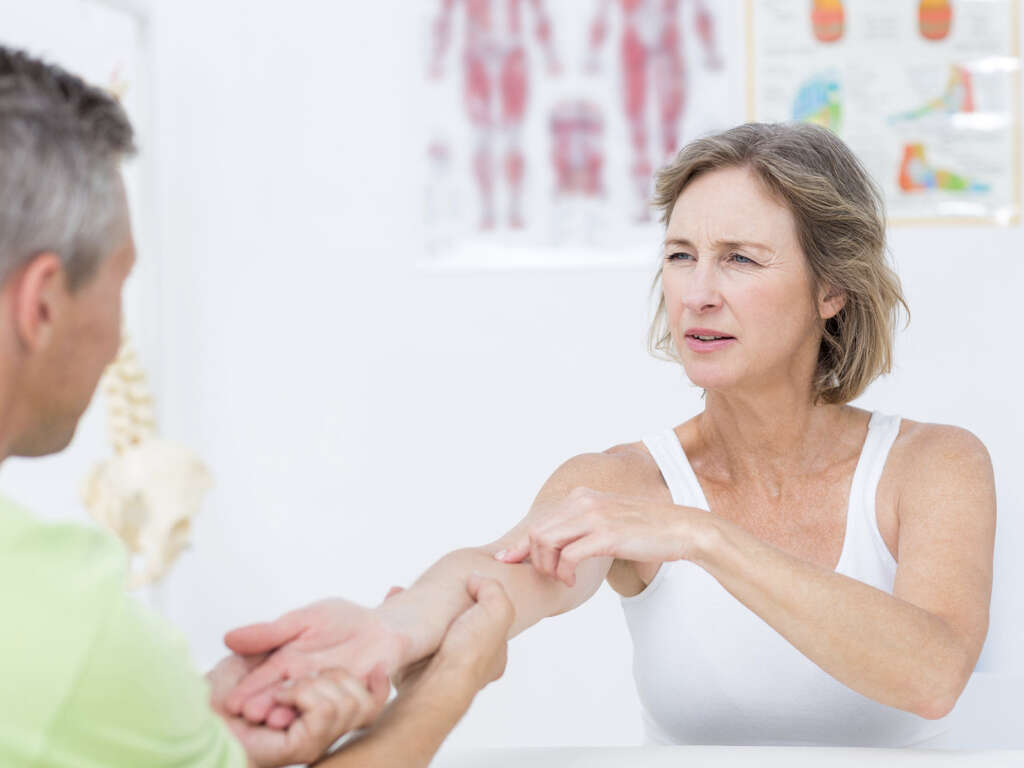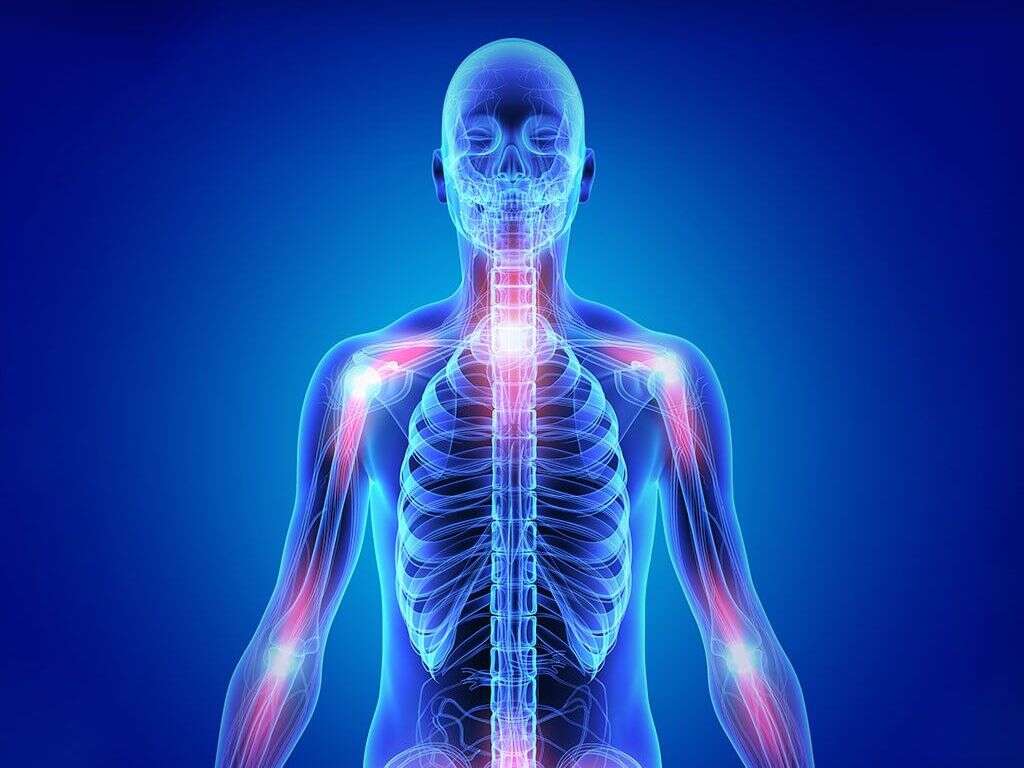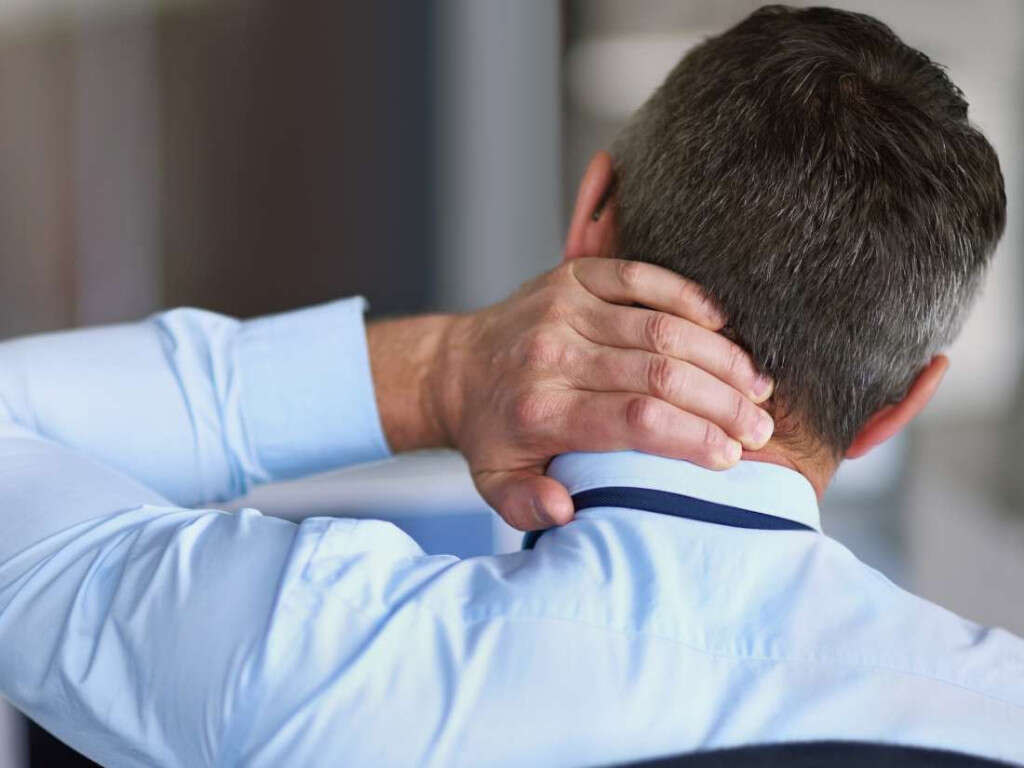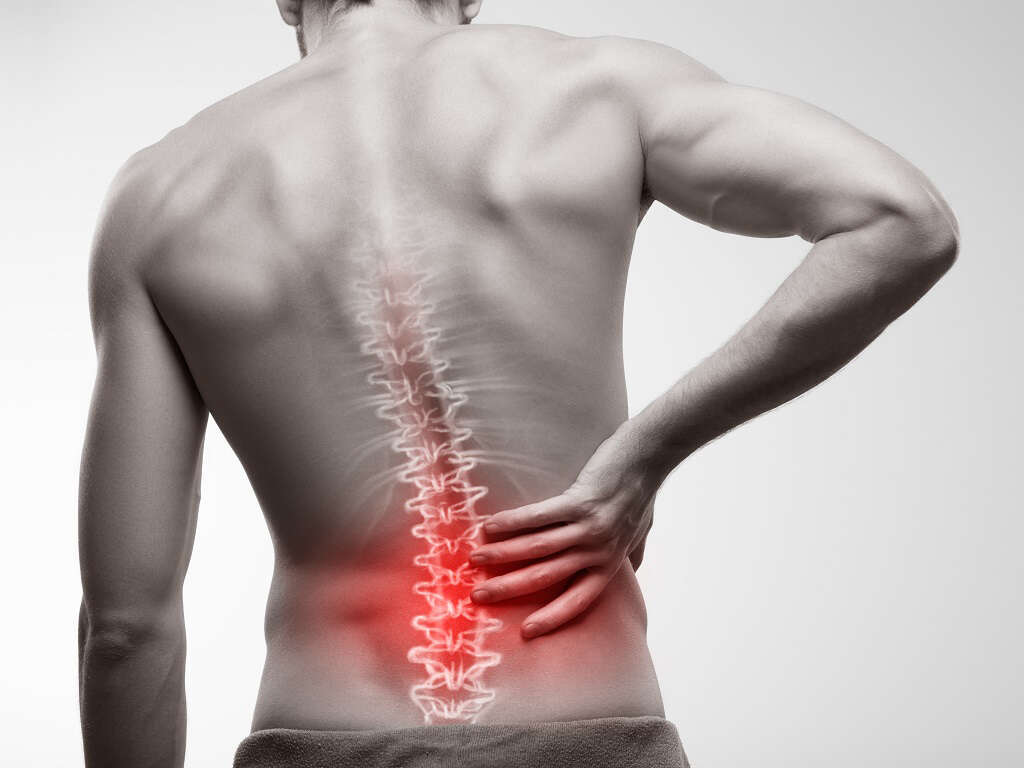10 Spondylosis Symptoms
Spondylosis is a condition that affects the spinal column. It is basically a type of spinal osteoarthritis. It is a result of the gradual wear and tear on the spine over a person’s lifetime and affects the joints of the spine.
While it is common and can lead to a significant decline in quality of life, many people will experience no symptoms at all. Many of the symptoms are caused when the nerves in the spinal column become pinched.
Medications such as anti-inflammatories and muscle relaxants are used to help ease symptoms, while anti-depressants can also be helpful. Here’s a look at some of the most common symptoms of the condition.
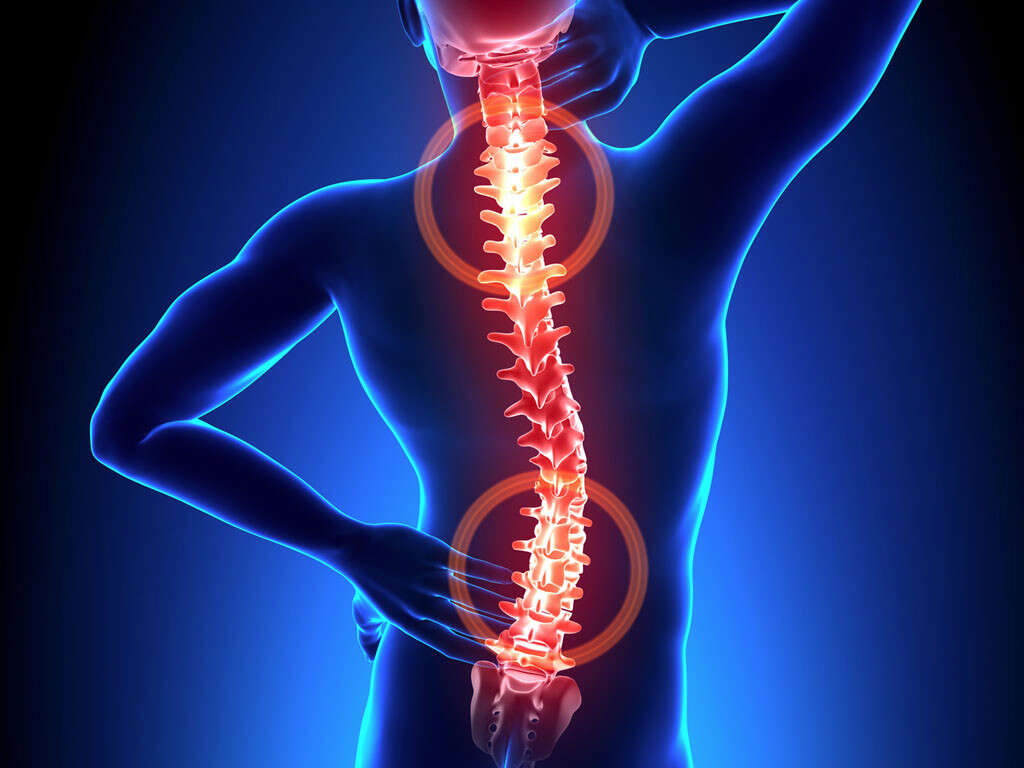
Symptom #1: Pain
Perhaps one of the most telling symptoms of spondylosis is the pain that it can cause. The pain is most likely to be localized around the back, neck, and shoulders depending on the exact nature of the condition. The extent of the pain can range from being mild to agonizing.
This pain is often caused because of nerve compression, which basically means that they are being pinched. This is caused by bone spurs and/or bulging discs that decrease the amount of space that the nerves have to pass through. Spondylosis can also lead to inflammation of the nerves, which can also lead to pain.

Symptom #2: Radiculopathy
Radiculopathy is the name given to the condition where compressed nerves can cause pain that shoots into the limbs. These pains will generally begin in the back and then shoot out down the arms or the legs. In many cases, it can be absolutely agonizing for the patient to experience.
Again, this is often caused by a herniated disc, which reduces the amount of space available for the nerves to travel through. It is a fairly common symptom of spondylosis. If you are experiencing such pains then you should arrange an appointment with a doctor to find out what is causing it.
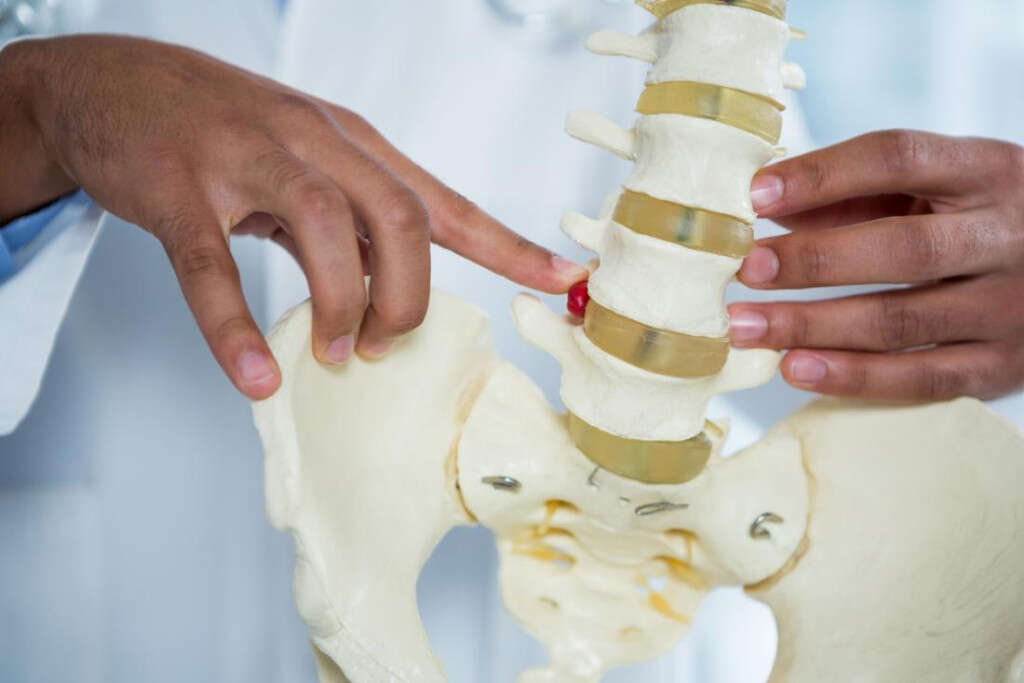
Symptom #3: Headaches
A headache alone is unlikely to tell you much about your overall health. Even perfectly healthy people can experience them for no apparent reason. They can be the result of a huge range of potential causes, one of which is spondylosis. They can range from being very mild to causing excruciating pain for the patient.
If you are experiencing pains and other symptoms of spondylosis along with a headache, then you should let your doctor know. This information together can help the doctor come to an initial diagnosis or at least give them an idea of where they should be looking.

Symptom #4: No Symptoms
Spondylosis is a fairly common condition. It is caused by general wear and tear, which means that a lot of people are likely to develop it as they get older. In some cases, its symptoms can be life-changing for patients as they struggle to get by from day to day. Many others, however, are likely to feel no ill effects at all.
Spondylosis refers to the condition that affects the degeneration of the spinal column, it does not refer to the symptoms the condition can cause. Quite often, people are not even aware of the condition until it is discovered by chance through an x-ray for something different.
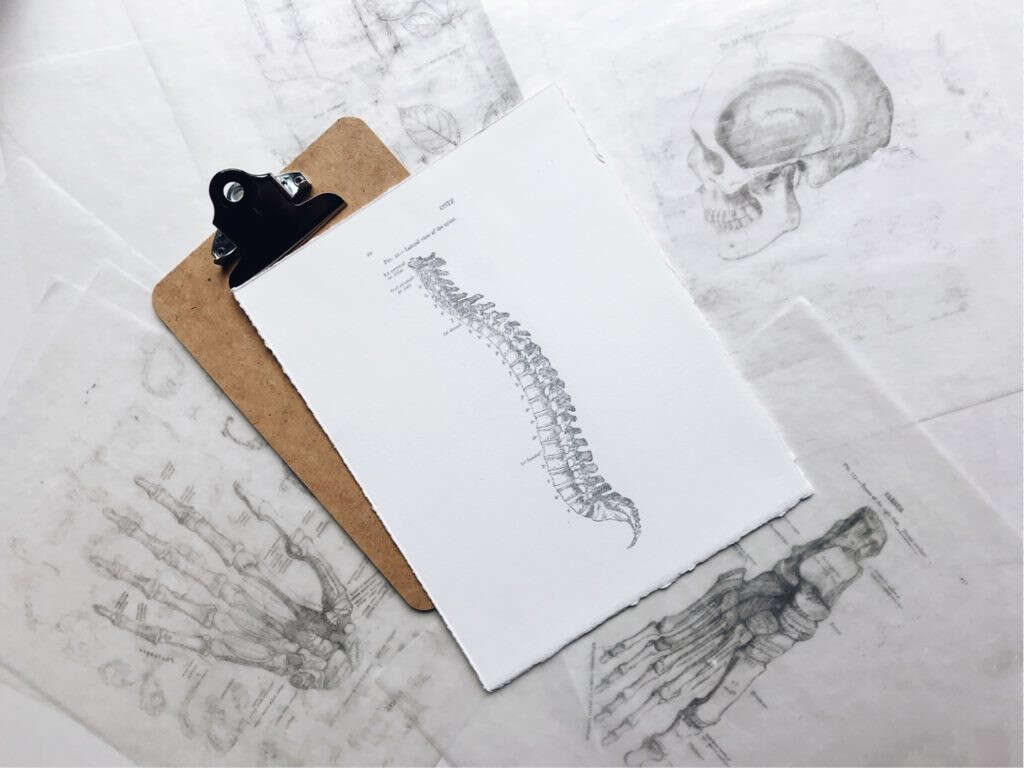
Symptom #5: Spasms
Spondylosis can be painful. Because of this, the body might try to splint the spine at the affected area, but this will often only result in further unwelcome symptoms. It can result in spasms and tenderness. It can also result in trigger points that can stimulate further pain if they are activated.
Spasms can be very painful in themselves. They are often a sign that there is a trapped nerve or that there may be a problem with the central nervous system overall. If you are experiencing these symptoms, you should speak with your doctor so they can refer you to a specialist.

Symptom #6: Sciatica
Spondylosis will sometimes affect the sciatic nerve. This nerve runs from the lower back, down the leg, and into the foot. When this nerve is affected, it can lead to pain in the lower back area and in the hips, and it can also cause shooting pain to travel down the legs and even down to the feet.
The pain will usually only be felt down one leg and the pain can also get worse should the patient cough or sneeze. It is often overlooked as simply being standard back pain, but pain shooting down the leg can help to set it apart.
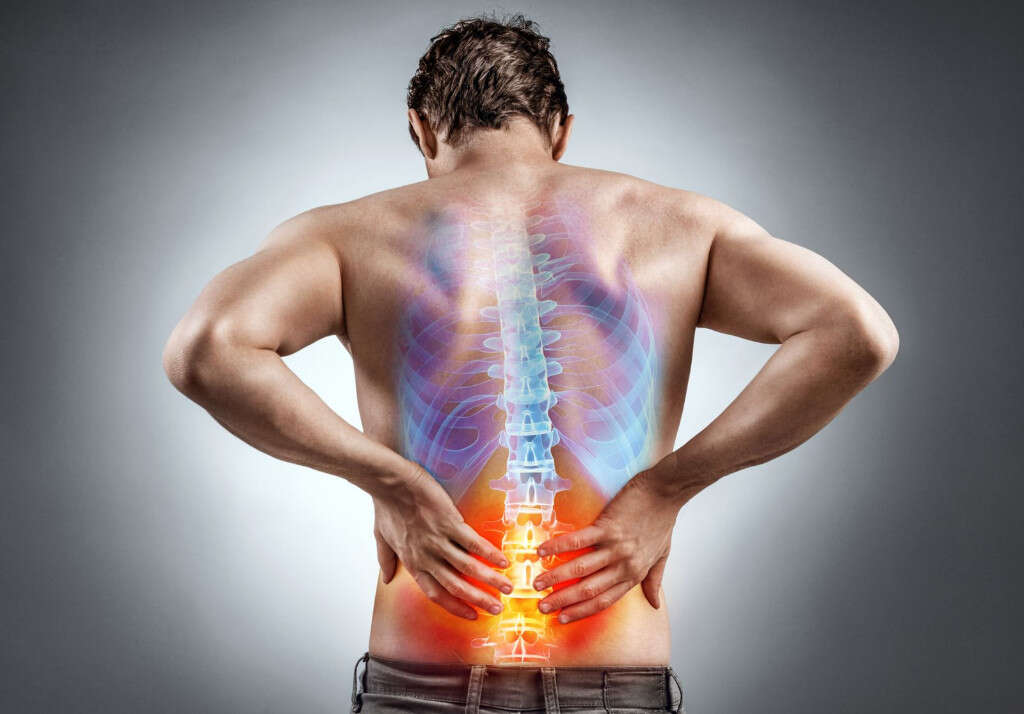
Symptom #7: Gets Worse When Standing
The pain with spondylosis can be very difficult to bear for some patients. In some cases, it can lead to a significant drop in the patient’s quality of life as they are constantly enduring pain. There are some things that the patient can do to help prevent the symptoms from getting any worse, though. One of which is to avoid standing for long periods of times.
Sitting in the same position for too long or bending forward can also worsen symptoms. Walking can help to prevent such pains, though, as can changing position frequently when sitting or standing.

Symptom #8: Weakness
Our muscles help to give us the physical strength that we need to move around. They are fed nutrients and oxygen by our blood to keep them strong and healthy, while nerves help to send and receive messages in between the muscles and our brain.
If these messages are not getting through as they should, though, then it can affect our muscles’ ability to work as well as they should. This can cause us to feel physically weaker, regardless of how large and healthy our muscles might otherwise be. If you are experiencing this symptom and you don’t know why, you should make an appointment to find out.
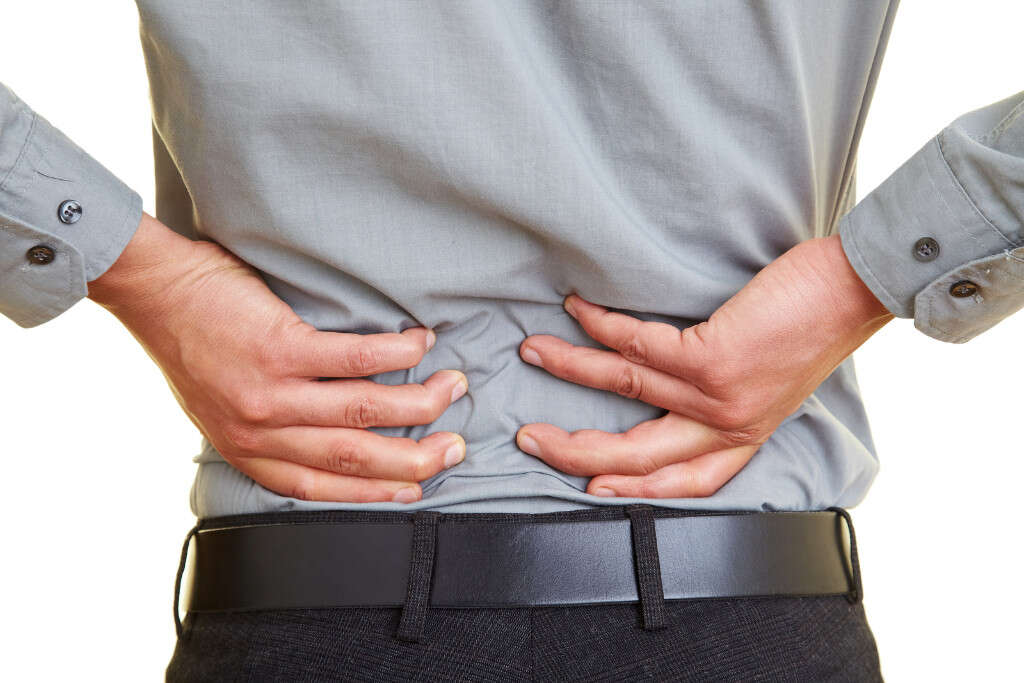
Symptom #9: Pins and Needles
Most of us have experienced pins and needles at some point in our lives. It is usually caused when we sit or lean on another part of our body, placing pressure against a nerve thus causing it to lose the ability to feel. The sensation we feel is the ability to feel returning after we have released the pressure from the nerve.
Pins and needles is also a fairly common symptom of spondylosis. It is caused when a nerve becomes trapped only then to be released when the patient moves position. It is a symptom that should encourage you to see a medical professional if it occurs regularly.

Symptom #10: Numbness
Even the extremities of our bodies are able to feel sensations such as heat, cold, and pain. This is thanks to a system of nerves that traverses throughout the body and sends signals to and from the brain. This is how we are able to touch and feel the world around us with extremities such as our hands and feet.
If a nerve is compressed, however, these messages are not able to travel as well as they would do otherwise. This can reduce our ability to feel sensations, leaving us feeling numb. This can also happen should you sit or lean awkwardly at times, but it can also be a sign of a problem with the central nervous system.




